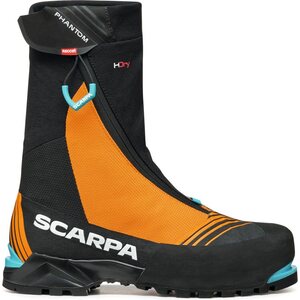
Outdoor climbing season is underway again
For those passionate about outdoor climbing spring offers the opportunity to spend active days amidst nature as rocks and outdoor boulders emerge from beneath the layer of snow.
Outdoor bouldering involves climbing on boulders or rocks only a few meters high. Safety is provided by a pad laying below the climber, and no ropes are used at all. Due to the small number of necessary equipment, bouldering is a natural way for many to start climbing as a hobby. In addition to the pad, all you need are climbing shoes and some magnesium carbonate, also known as "chalk," for your hands.
Starting bouldering doesn't require any special skills.
While traditional climbing requires at least belaying skills, bouldering can be approached without any previous experience.
Suitable climbing spots can be found, for example, from the 27Crags application, which is available for Android and iOS phones. In Finland, the difficulty levels of climbing routes, called "grades," use a scale familiar from France, starting from three. The higher the number, the higher the difficulty level of the route. However, those transitioning from indoor to outdoor climbing should note that outdoor grades are usually more challenging than indoor ones, even if the numerical value is the same.
If one wants to climb routes longer than boulders, it's worth exploring the world of roped climbing. In top rope climbing, the rope runs from a belay device attached to the climber's harness at the top of the climbing route to an anchor at the top of the route and back down to the climber's harness. Top rope climbing is very safe, and a secured climber hardly experiences any free fall because the belay point is always above the climber.
In addition to shoes, roped climbing requires climbing harnesses and a belay device attached to them to control the rope's movement. To learn belaying and ensure climbing safety, it's advisable to take courses offered by climbing clubs and climbing centers.
For rock climbing, one needs to know a few other techniques, such as anchor building and descent, for which it's good to take a rock climbing course. However, just with belaying skills, one can try outdoor climbing with experienced climbers.
As climbing enthusiasts progress, they may explore other forms of climbing. For example, in traditional climbing, there are no pre-placed protection points on the rock; instead, climbers place their own protection such as nuts and cams in suitable cracks and crevices.
Get Your Climbing Gear Ready
Tightly fitting climbing shoes that fit your feet well significantly enhance climbing performance. There are several shoe models available, suitable for different situations. For example, aggressively shaped shoes like La Sportiva Miura VS and Tenaya Iati are well-suited for technical routes.

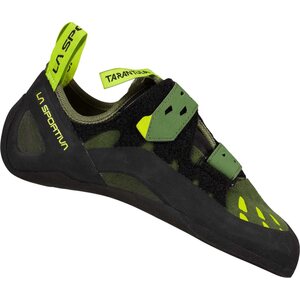
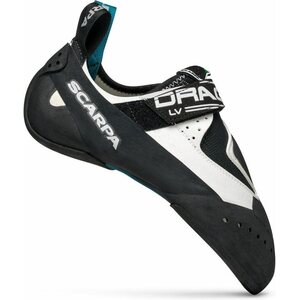
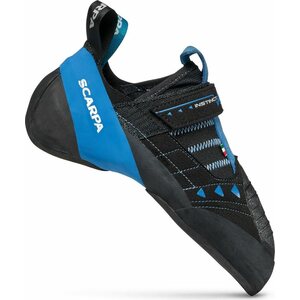
For those seeking a classic, all-around shoe La Sportiva Katana is an excellent choice for an all-purpose shoe.
In bouldering, a good pad is an important safety factor. For example, the Petzl Cirro Maxi Crash Pad is a large and hingeless pad option designed for maximum carrying comfort.


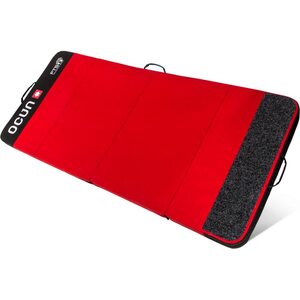
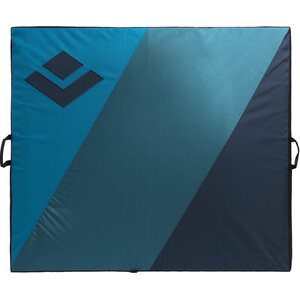
For rope climbers, the ATC Guide model is suitable, allowing belaying from above. An automatic belay device like the Petzl GriGri enhances comfort and safety, especially when practicing challenging routes.
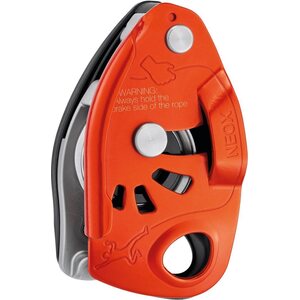
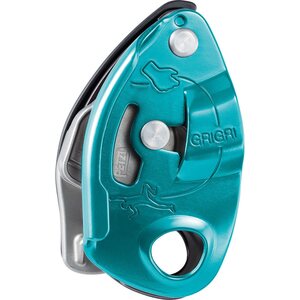

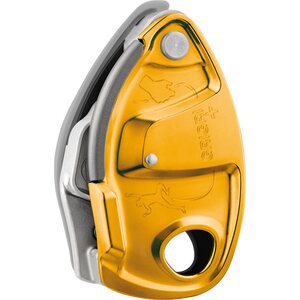
On rocks, climbing is more comfortable with quality harnesses. For example, the Petzl Corax offers an affordable option, while the Petzl Sitta is an extremely lightweight choice for demanding users.
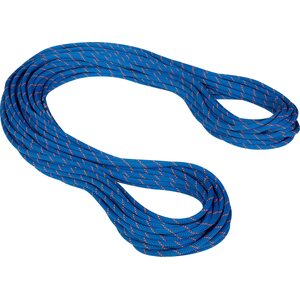
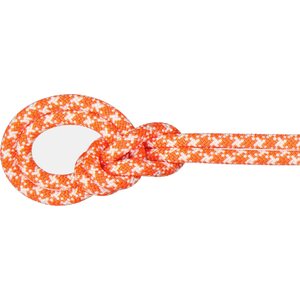
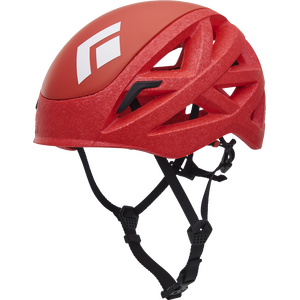
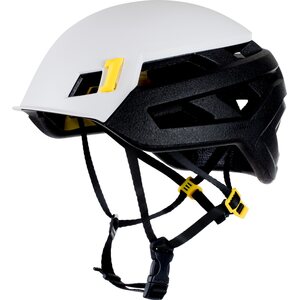

In addition to harnesses, ropes are essential equipment. For rock climbing, it's advisable to choose a dry-treated and durable rope. One such option is the Mammut 9.5 Crag Dry Rope. Rock climbers should also not forget their climbing helmet.
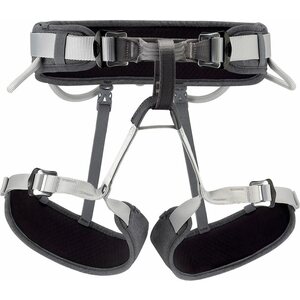
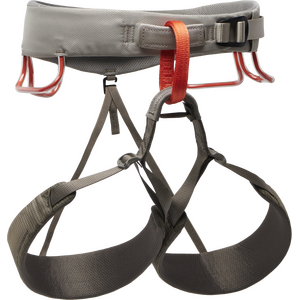
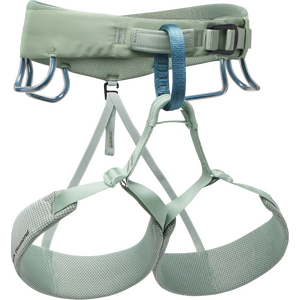
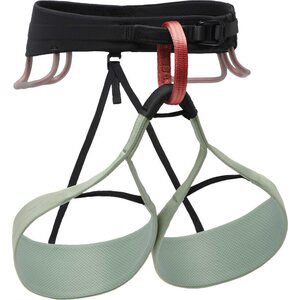
Trad climbers can always supplement their rack with new cams or nuts. Carrying equipment to the rock is easier with a high-quality climbing backpack. For instance, the Osprey Mutant is an excellent choice for carrying climbing gear.
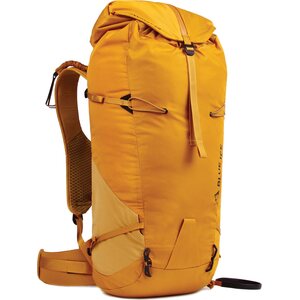
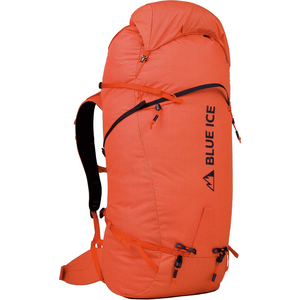
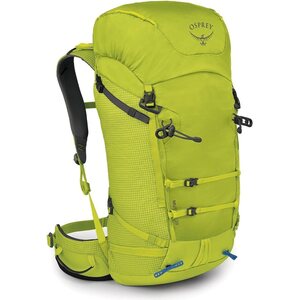
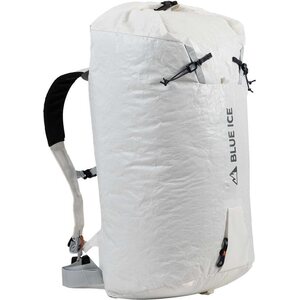
You can explore our comprehensive selection of climbing gear here.
 評価
評価